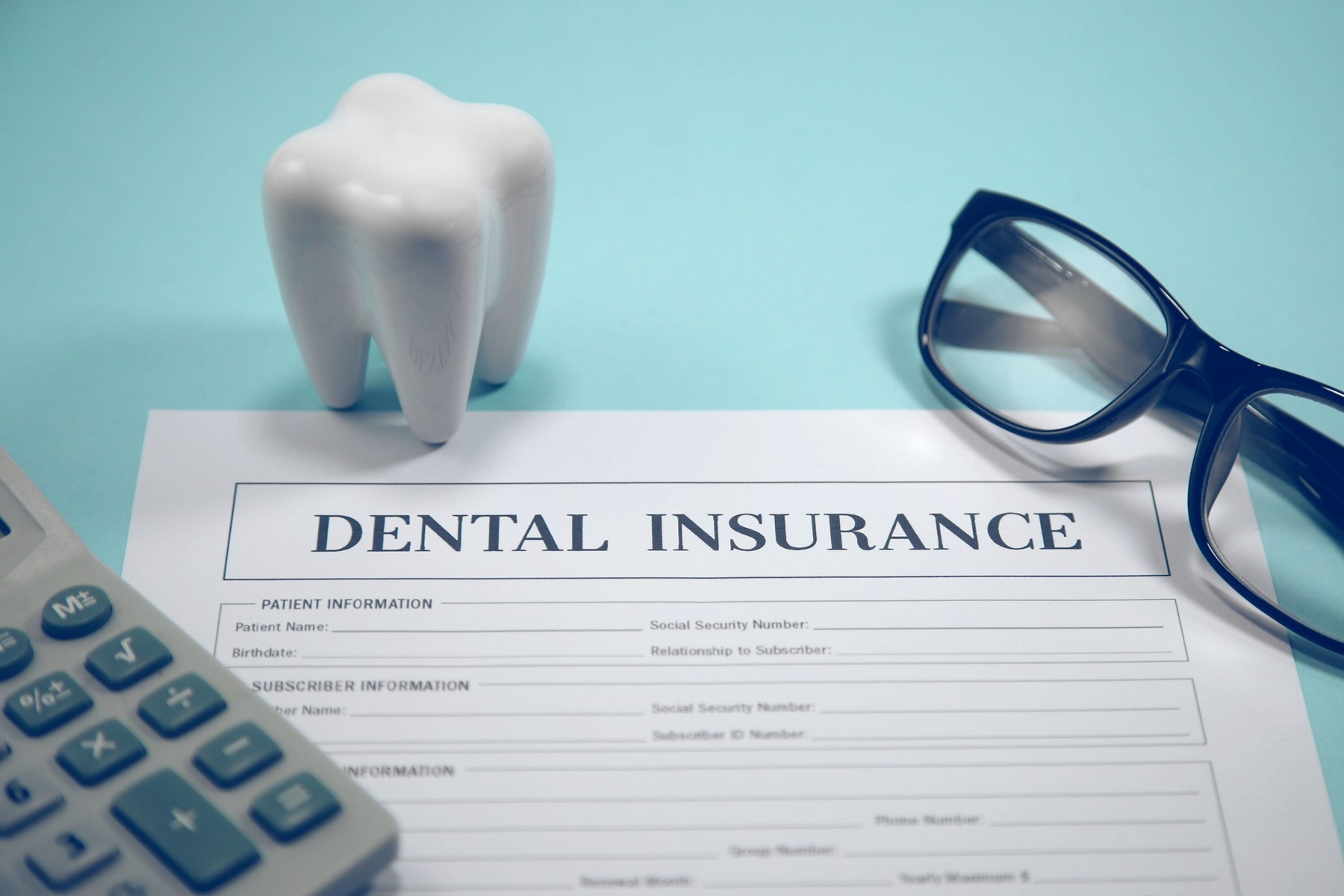Types of Dental Insurance Plans
When searching for dental insurance, you’ll notice the landscape is filled with various plan types, each designed for specific needs and lifestyles. The most common options are Preferred Provider Organization (PPO) plans, Health Maintenance Organization (HMO) plans, and indemnity plans. If flexibility and choice rank high on your list of must-haves, PPO dental insurance plans are usually favored. PPOs let you visit a broader selection of dentists, allowing for both in-network and out-of-network care, though with varying cost-sharing requirements. Conversely, HMO dental insurance often provides value through lower monthly premiums and predictable copays, but requires you to choose a primary dentist and receive care within a specific network.
Indemnity plans, sometimes referred to as fee-for-service plans, offer the most freedom by reimbursing you for dental care from virtually any licensed dentist. However, these plans tend to attach higher deductibles and fees, making them better suited for those prioritizing freedom of choice over cost savings. Choosing the proper structure involves considering your family’s dental habits, preferences, and whether you’ll need specialized care over the next year. By evaluating the pros and cons now, unexpected bills and limited access can be avoided.
What Does Dental Insurance Cover?
Dental insurance plans usually divide services into three coverage categories: preventive, basic, and major. Preventive care—such as exams, cleanings, and x-rays—tends to receive robust coverage, and with good reason. Preventive visits are instrumental to maintaining oral health and catching potential issues early. Research from the American Dental Association shows that people who participate in routine preventive care consistently experience fewer expensive dental emergencies and procedures in the future.
Basic coverage typically includes treatments like fillings, extractions, and gum care. MaCoverage percentages are often lower for dental needs, including crowns, bridges, oral surgery, and root canals. Some plans extend to include orthodontics or dentures, which can be hugely beneficial depending on your age or your family’s needs. Reading through a policy’s benefits summary carefully reveals which procedures are prioritized and where you’ll need to budget for out-of-pocket costs. It’s also a good practice to consider your dental health history and expected care needs—this can help you avoid paying for unnecessary coverage or finding yourself underinsured.
Decoding Plan Terminology
Insurance jargon doesn’t have to be intimidating. Understanding even a handful of dental plan terms can demystify your coverage and help you make smarter, wallet-friendly choices. The most common terms you’ll encounter include:
- Premium: The recurring monthly cost to keep your coverage active, regardless of whether you visit the dentist.
- Deductible: The annual amount you pay out-of-pocket for dental care before your insurance starts to pay its share. The Healthcare.gov glossary offers a straightforward explanation for anyone new to the insurance market.
- Coinsurance is the percentage split you share with the insurance company after the deductible. For example, you might pay 20%, and the insurer pays 80%.
- Annual Maximum: The cap on what your plan will pay for covered dental treatments every year. Once reached, you pay the rest out of pocket.
Some plans may include an “out-of-pocket maximum” for pediatric services and significant work. Take note: policies with lower premiums often offset this by increasing deductibles or offering lower annual maximums. Looking holistically at these terms while shopping ensures you won’t be left footing an unexpected bill later.
Comparing Dental Networks
Dental insurance doesn’t just affect your wallet—it can also determine which dentists you can see for care. Each plan has a network, a group of dentists who agree to set fee schedules. PPO plans allow for the broadest networks, making them a strong pick for families who want their preferred dentist or need geographic flexibility. If your dentist participates, you get access to the lowest rates; if not, PPOs still typically offer some coverage for out-of-network care, though you’ll pay more.
With HMO or managed care plans, you’re expected to select from a much smaller list and may need referrals to see specialists. The advantage here is predictability—copays and costs are set in advance. Before finalizing a policy, ask if your dentist is in the network. If you travel frequently, prioritize options with robust nationwide networks. Being stuck out-of-network in an emergency or for specialized care can inflate costs and cause frustration.
Finding the Right Balance Between Cost and Coverage
Weighing the price of a monthly premium against possible dental bills for the year is key to finding the plan that makes financial sense. For individuals in excellent oral health, a high-deductible, low-premium policy might result in noticeable savings, especially if you’re only visiting for routine cleanings. But if you’re managing ongoing dental concerns, such as frequent cavities or the need for orthodontic work, a plan with a higher premium and fuller coverage could lower out-of-pocket costs.
It’s helpful to look past the monthly price tag and estimate yearly expenses, including deductibles, coinsurance, and the annual cap. Consider, too, the possibility of “surprise” dental expenses. If you break a tooth or suddenly need a root canal, being underinsured could quickly erase any premium savings. Family size should also affect your calculation; coverage that seems expensive for one person often delivers better per-person value when distributed across several family members, particularly those needing major treatments.
Tips for Families and Individuals
- Families should seek plans with rich preventive coverage and pay close attention to orthodontic benefits if children require braces, expanders, or retainers.
- Adults who visit the dentist infrequently but anticipate possible emergencies or advanced care can benefit from policies with strong primary services coverage.
- Emergency dental coverage is essential, especially for children or families involved in sports or physical activity.
As families grow or as individual needs change, it’s wise to reassess coverage annually. Newly covered dependents, changes in dental health, or the retirement approach can all shift which plan type is best. Open enrollment season is a great time to compare your current needs against the benefits available across new or updated policies.
Questions to Ask Before Signing Up
- Does my preferred dentist participate in this plan’s network, or will I need to switch?
- What procedures are fully covered, which are partially covered, and which are excluded?
- Does the policy have an annual or lifetime maximum, and what are those amounts?
- Are orthodontic services—like braces or aligners—covered for children or adults?
- Does the plan pay anything if I receive out-of-network care, or will I be responsible for all costs?
- Are there exclusions for pre-existing dental work?
Being armed with answers to these questions at enrollment time helps you sidestep costly surprises and ensures the policy you choose matches your needs now and as they change.
Recent Changes and Trends in Dental Insurance
Dental insurance has recently seen a wave of innovation, with digital care solutions and broader benefit integration quickly becoming the norm. One noteworthy shift is the rise of teledentistry—a virtual option that enables patients to consult with dental professionals through video or chat, often reducing the need for some in-person visits. Simultaneously, there’s been an uptick in plans offering expanded preventive services, such as more frequent cleanings or coverage for sealants, especially for kids.
Another emerging trend involves the convergence of dental and medical insurance, as insurance companies and consumers increasingly recognize the connection between oral health and overall well-being. Notably, there has been growing interest in dental coverage within Medicare plans, reflecting older adults’ increasing desire for integrated health benefits. This is especially important since research links oral health with heart health, diabetes management, and cognitive function. By staying tuned to these ongoing changes, you’re better equipped to select a dental plan that meets your basic needs and supports your long-term health.
Dental insurance is more than cost containment; it’s a proactive tool for lifelong preventive care. Regularly reviewing policy terms, new advances in the industry, and your own needs ensures that your dental insurance remains a strong partner in your total health strategy. Small steps now in choosing wisely can yield significant benefits—financially and personally—in the years to come.










